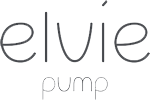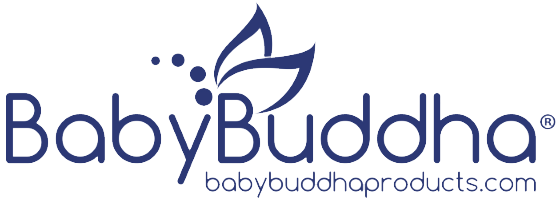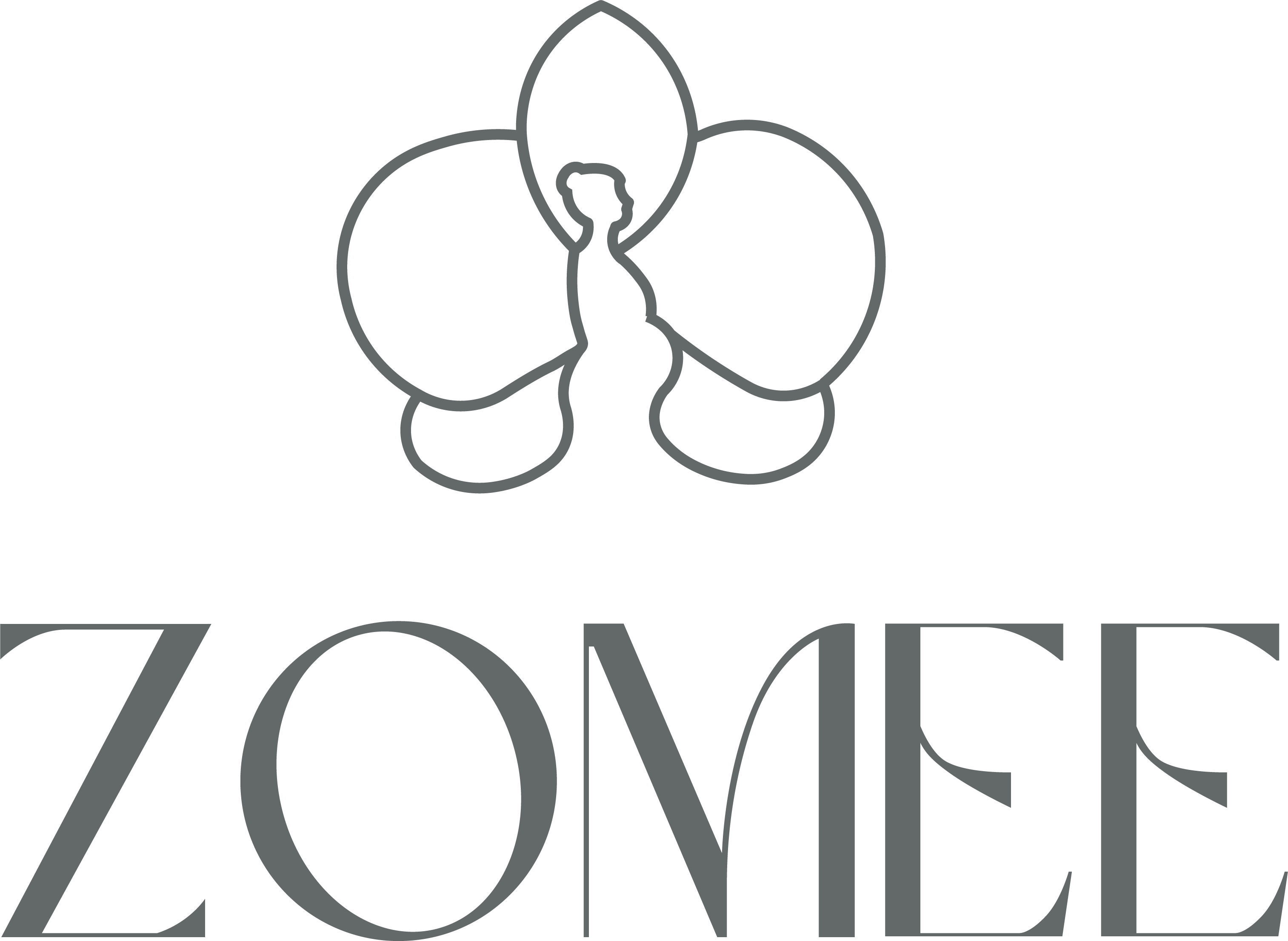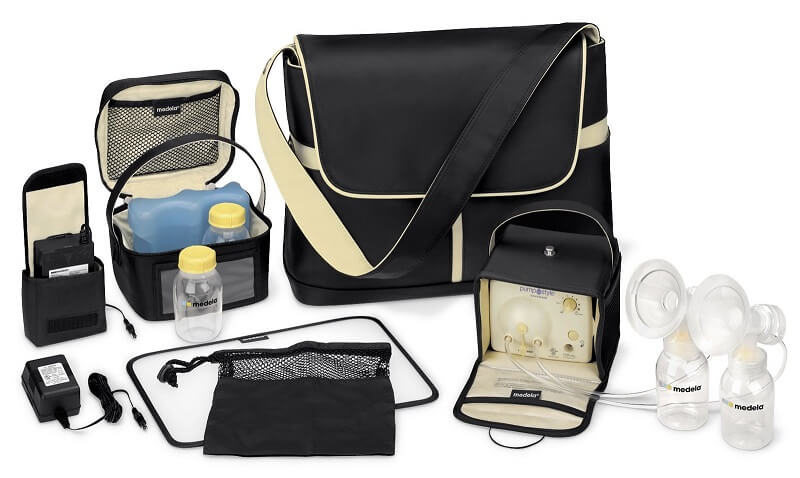Working Without Weaning
Most find it impossible to breastfeed after they get back to work, it is however very much possible. Breastfeeding involves intense planning; averagely millions of mothers get back to work without weaning their infants.
What does it entail?
1. Understanding on how milk is to be expressed when the mother is at work.
2. Proper equipment’s.
3. Prior planning with baby sitters and the employers.
4. Adverse understanding on how law is applicable on the same situation.
5. Timing and privacy at the workplace.
Why not change to formula?
Unlike formula breasts milk is much efficient as it strengthens the child’s immunity, most pediatricians recommend strongly for breast milk mostly to children who are in daycare as they are exposed to bacteria unlike a child who is at home with the mother and is not exposed to bacteria and bugs. Infants in daycare will need more immune support and breast milk will supplement this for the child, this is mostly important during the cold and flu seasons.
Benefits For The Employer
Most moms are more likely to return to work after their childbirth if the employers support them by providing space for pumping and equipment for the breastfeeding mothers. At this stage the child might not get sick unexpectedly which reduces chances of the breast feeding mom from missing work. This is an advantage to the employer who works on maximizing cost; the employer will find this beneficial to him as he will not spend extra costs on hiring and training new work personnel.
What About The Employed Baby Sitter?
This is a very important person in the child’supbringingand growth, the mother should choose keenly on who to employ orwhich daycare to take the child. The daycare should be conducive and supportive to the mother’s commitment in breastfeeding. Equipthe caregivers with knowledge on breastfeeding and before employment make sure they are comfortable with handling infants who are breastfed. In case of a daycare make sure you keenly inspect their storage systemssuch as the freezers and refrigerators, to ensure hygiene is of high standards. The mother should also ensure they don’t use microwaves for defrosting or heating breast milk. The mother should make sure the caregivers understand how much milk is to be given to the child and possibly keep a record of all feedings. Make it clear that you would wish for the child not to be fed hours before your arrival so that you can feed the infant on arrival at the caregivers place or on arrival home.
Equipment
The mother should consider renting or purchasing a high quality double electric breast pump. The MedelaLactina, Medela Symphony can be rented or she might opt to purchasing a personal pump that suits her. This is a state of the art pumping equipment and others are more convenient as they can operate using batteries if power is not available. Equivalent smaller pumps can prove unworthy as they might not be able to match up with the milk on demand, the supply would be low.
Double breast pumps are also convenient as they collect faster and also collect more milk as they extract from both breast simultaneously. High quality equipment’s allow for a mom to collect milk for about 10 to 20 minutes which might properly fit on her lunch break or break time timetable. The good news is that moms can get free breast pumps through insurance cover. According to Affordable care Act, insurance should cover breast pumps and lactation consultant services. Whether it is a rental breast pump or a purchase, consider talking to your insurance provider for more information on why your policy covers.
When To Start Feeding Using The Bottle And Begin Storing The Expressed Milk
The mother can begin expressing milk as soon as it starts coming in or after the third or fourth day after birth, at this time the mother can begin storing the milk in the freezer for use later on. The stored milk can be used once the mother gets back to work; the milk can be stored for 3 to 4 months. The introduction of bottle once breastfeeding has been established is mostly recommended after around two or three weeks after the child’s birth. On introduction two weeks later the child will be acquainted with the bottle. Milk should be stored before the mother returns to work to have efficient backup, this gives the mother a secure feeling.
https://insurancecoveredbreastpumps.com
Published by:
Insurance Covered Breast Pumps












